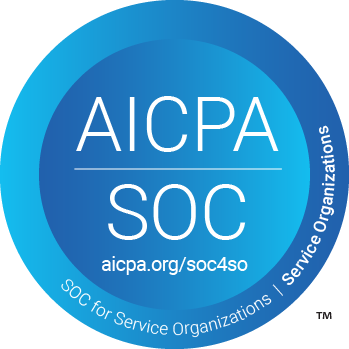Business Phone Tips: How To Optimize Your Calling Queue
Let’s face it, some days are busier than others. The days when everyone’s working and no one has time to pick up the phone are also the ones when you’re waiting on hold for hours on end. Thankfully, there is a solution–you can optimize your calling queue. Here’s how:
What is a calling queue?
A calling queue is an inbound line that connects your caller to a live representative. It’s not uncommon for callers to be on hold for hours when they do finally reach someone–that’s where the power of a well-built calling queue comes into play.

How to optimize your calling queue
- Set up call queue limits: The first tip to optimize your calling queue is to set up a limit on the number of calls you’ll accept in a given time period. This will prevent your customers from waiting too long while you handle other calls, and it will help you get back to them more quickly.
- Add phone numbers: If you don’t want your callers to wait on hold–or if you want to reach out to new customers–add phone numbers in your call queue. This will allow your customers to contact you even when the line is busy or if they’re not able to pick up the phone at all.
- Use queues: If you’re struggling with backlogs and demand, consider using queues instead of accepting calls directly from people. Queues can be an effective way to manage customer service while also providing an efficient way for people who have been waiting a while to get served faster without having their experience interrupted by other customers’ calls.
How to take care of yourself while on the phone.
You’ve got a call-center employee answering phones, but he or she has been on the phone for hours and is ready to take the next break. What’s your solution?
- Make sure there’s always someone available to take over your queue without having to wait for a long time. You can either assign one employee per shift or create a rotation schedule with multiple employees working at once.
- Train your employees on how to properly handle calls. This includes teaching them how to answer when people are “on hold” and educating them about different types of calls that customers might be calling in for.
- Have your call center employees ask customers if they would like their call transferred or take the next available person in line instead of letting them wait on hold indefinitely.
- Create specific scripts for each type of customer interaction. This will help your employees have a better idea of what will happen during their shifts, and they know what they can do while they’re on hold. For example, playing music or reading blogs online often helps so that it doesn’t feel like they’re sitting idly by waiting for someone else to come back on the line.





